 EN
EN
 PT
PT
Effective strategies for teachers
Product: Book
ISBN: 9788859017271
Publication date: 01/11/2018
Suitable for: Nursery 1st Level (ages 3-4), Nursery 2nd Level (ages 4-5), Primary 1st level (ages 6-7), Primary 2nd level (ages 8-10), Lower secondary 1st level (ages 10-11), Lower secondary 2nd level (ages 12-13), Upper secondary 1st level (ages 14-16), Upper secondary 2nd level (ages 17-19)
REQUEST A SAMPLE OR MORE INFORMATION
The series “The Guides” was born from the experience of the Erickson Study Center with the aim of providing teachers with a series of complete volumes relating to the fundamental aspects of the various forms of Special Educational Needs present in our schools.
A result of the work done by the leading experts in the field, and thanks to its theoretical and functional approach, the Motor and Visuo-Spatial Difficulties at school guide presents not only the characteristics of the different motor difficulties and their effects in and out of the school setting, but also the strategies for strengthening the deficit skills and, tools for didactic and psychoeducational intervention.
The book is divided into 4 sections which guide the reader through the different phases that characterize the work to be done with the students:
• KNOW, OBSERVE, AND EVALUATE: it gives a clear and thorough definition of the different motor and visuo-spatial difficulties, providing tools for their observation.
• PLAN AND TAKE ACTION: concrete strategies and interventions are explored with which to effectively face the students’ particular didactic-educational needs.
• REFLECT AND UNDERSTAND: the meaning and the functions of psychomotricity are examined as activities for the growth and development of mental and motor skills.
• MAKE ALLIES AND SHARE: we suggest strategies and tools for the construction of a synergistic intervention network aimed at the well-being of the child.
SECTION I – KNOW, OBSERVE, AND EVALUATE
Introduction
Theoretical framework
Evaluation and diagnosis of motor coordination development disorders
Visuo-motor integration: theories and models in historical perspective
Dyspraxia
The evaluation of writing: motor coordination or dysgraphia?
Non-verbal disorder
SECTION II – PLAN AND TAKE ACTION
Introduction
Coordination development disorder: strategies
Sensorimotor play
SECTION III – REFLECT AND UNDERSTAND
Introduction
Psychomotricity: definition and reference models
Psychomotricity at school
SECTION IV – MAKE ALLIES AND SHARE
Introduction
Psychomotricity in water
Dance workshop

«Erickson Guides», the outcome of the work of the greatest Italian experts in these fields, represent the most complete tools for intervention in schools. They not only provide an exhaustive framework of thecharacteristics peculiar to the various disorders and their consequences at school, but also strategies to deal with them, assessment tools and didactic intervention.
EACH GUIDE OFFERS A PROGRAMME IN 4 STAGES

KNOWING, OBSERVING, EVALUATING Clear and exhaustive definition of the disorder, diagnostic criteria, integration of children in class, the evaluation process

PLANNING AND PUTTING INTO ACTION Strategies and practical interventions to be enacted at school to deal effectively with teaching and educational special needs

REFLECTING ON AND UNDERSTANDING Consequences in the spheres of emotions, relationships, self-esteem and self-perception

JOINING FORCES AND SHARING Strategies to act synergically and involve school and family to improve the child’s wellbeing
IN EACH CHAPTER YOU CAN FIND...
a sequential time line which illustrates in which phase the practical indications given in the chapter are placed

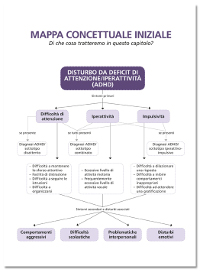
a conceptual map that illustrates the main contents and how they are related
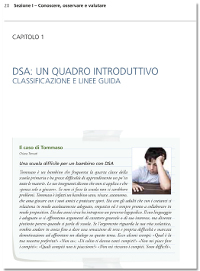
presentation of case examples, through short descriptions, portraying children in their daily typical situations
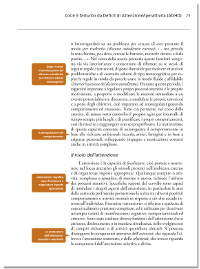
questions and key points alongside each paragraph to tell the reader what it is talked about
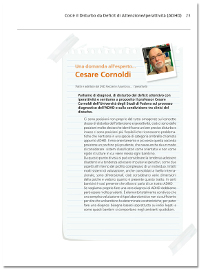
interviews with experts on the most debated and current aspects of the disturbs
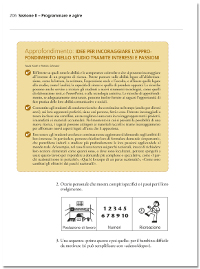
in-depths explanations of meaningful concepts and terms
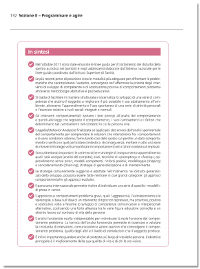
final summary box of the main contents dealt with in the chapter